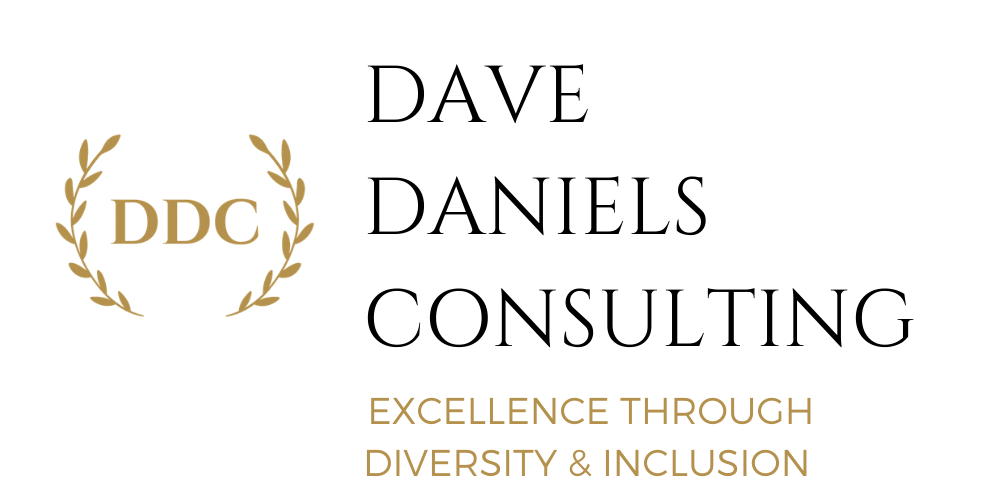As Diversity and Inclusion (D & I) thrust to the forefront this past 6 months, Learning and Development (L & D) action steps top most organization’s agenda for demonstrating support to employees on this critical topic. As note in previous posts, I have facilitated over 250 diversity sessions in the past 20 years, either by myself or with a co-facilitator. Excellent formats and content abound.
So why surface this topic again? Because so many mistakes have and continue to be made in this critical part of a robust D & I strategy. Every organization desires to optimize its results and Return on Investment (ROI) in all areas. D & I education falls into the “miss” category far more than “hit” results. And, usually, it is not the fault of the content or the instructors. The root cause of this dilemma starts with the strategy and those in charge of executing a D & I approach. Please allow me to share an experience that is reflective of over 20+ years of observation, experience, and analysis.

Focus on the development of the leadership team, as part of the initial phase of the strategic approach.
When I re-engaged into D & I full time three years ago, I was asked to co-facilitate several targeted classes within a large Midwest based financial services company. The format and content were top notch, and I was well prepared by my support group. We conducted 9 half day presentations over a week. Our strong sense of success was bolstered by the anonymous evaluations completed on both of us. So, why was I so concerned at the end of the week?
This company completed over 200 sessions during the course of their fiscal year. Initially, I thought that step demonstrated a huge commitment to the overall D & I strategic journey of the receiving company. As you might gather, the extent of the client’s D & I spend was very significant to the D & I company hired to guide them through this process. Surely, a win/win.
Unfortunately, it was not for the receiving company and eventually the main reason the delivering company was fired 5 months later. Usually, we are inundated by participants after the end of the presentation wanting to talk, further. This week was no exception, and we garnered critical concerns from this input. Here is what I discovered:
1- The targeted groups for this training was mid-level managers and entry level employees.
2- There was no flow to who received the training first; it was hit and miss.
3– Leadership did not go through the training and had very little understanding of content.
4– While we provided a post class “action plan” process, there was no follow up conversation with anyone, including their boss. Said differently, there was no accountability.
5- Other than the instructor evaluations, there was no measurement that determined session effectiveness.
These observations are indicative of most of the organizations that we worked with. What is the moral of this example? This company spent hundreds of thousands of dollars just on the training and was a $2 million account for the company that I worked with. The training flow and targeted audience is the obvious miss in this example, but the bigger miss was the lack of a systematized and integrated strategic plan for the organization that started with the development of the leadership team. Obviously, a huge financial gap for the client; also a loss for the vendor, as they lost the business 5 months later when the CFO became the new CEO.
This story is far too typical in the D & I business. Companies who identify that they do not have the correct internal resources to have the strategic impact desired, often put a good person with limited experience in charge of the “project.” With everyone talking about the need for more education to move the D & I needle, companies often accept this business while not impacting leadership, as they should. Or, the more recent trend, hiring a Chief Diversity Officer (CDO) to lead the way. As not to digress, I encourage you to read my previous articles if you are thinking about going in this direction.
The key point of this post is the need to focus on the development of the leadership team, as part of the initial phase of the strategic approach. The best approach for this critical step is the IDI ( Intercultural Development Inventory) tool that allows for an individualize and confidential review of current D & I strengths and the steps needed to continue an effective and results based journey that optimizes and supports the overall, strategic plan in the D & I arena. As a certified coach of this process, I can vouch for the effectiveness of this approach early on the journey, when the tool is utilized properly over a minimum of a year.
I have mentioned this tool in several other articles over the past few months, so I wanted to provide a more in-depth understanding of this dynamic tool. I am attaching a very effective overview here, so that you can really dig into this assessment.
The tool allows you to see where you stand on a five-point continuum while providing you real and honest insights to the initial result. A certified coach guides you through the interpretation of your individualized and confidential results, while helping you establish an IDP (individual development plan) for the next year. Many organizations have some form of an IDP as part of their Performance Development Process, and this plan integrates and compliments the current IDP process.
Many times, I find executives who believe these types of processes are fine for their team members but are not robust enough for them. If you feel this way, I will remind leaders that this area is generally an area where little or no development has occurred as part of your career path. At the risk of sounding redundant, the IDI tool is individualized and confidential, and if you have the right coach, this process can become one of the most impactful tools in your toolbox. And, it is a necessity in today’s world to optimize your leadership skills. As always, I am available to discuss and support this concept which will be worth your time.
